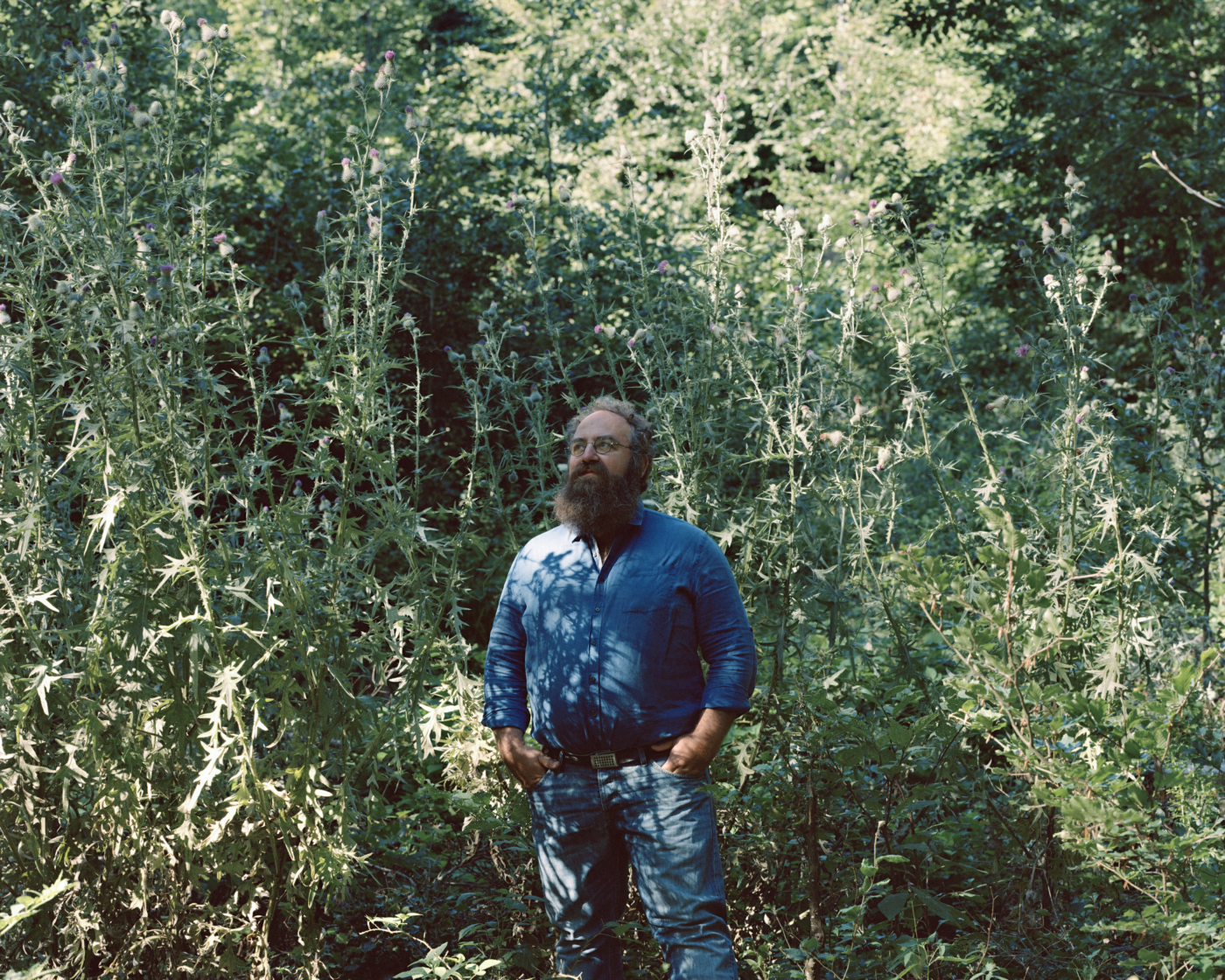Excerpts from a talk by Bernard Stiegler in 2007 on the occasion of the Entretiens du nouveau monde industriel at the Centre Pompidou in Paris, published in Le design de nos existences à l’époque de l’innovation ascendante, Éditions Mille et une nuits, Paris, 2008.
[Excerpts]
Three convictions regarding the new industrial world
The first conviction is that We live more than ever in an industrial world, and that the pernicious myth of what has been called the “post-industrial” society is at last behind us. We have witnessed ever more radical and rapid transformations in our time, and this process of permanent innovation, constituting an extraordinarily new and strange phenomenon with regard not only to history, to proto-history, but also to prehistory of humanity – which we call modernisation – is more than ever industrial. It is the age of an industry of services such that industrialisation affects henceforth life in its totality, the most diverse social relations and mental activity in every possible corner. I have called it the hyper-industrial eraBernard Stiegler, De la misère symbolique. À l’époque hyperindustrielle, Paris, Galilée, 2004..
My second conviction is that we move to an industrial world. The world that we have left was based on a productivist model that was put into place in the nineteenth century, one that was enhanced in the twentieth century as an organised industry based on a consumerist model: Fordism, which had brought this productivist-consumer organisation to a state of perfection, was founded on assembly line work and on mass media. Breaking with an tradition dominated by similar cultural industries, the new industrial world is what has emerged from what we have called in turn the “information society”, the “knowledge society”, the “industry of knowledge” and the “economy of the immaterial”. Whether these qualifications are adequate or not is a vast question that remains open; I have in fact addressed these questions elsewhereOn the immaterial, see Économie de l’hypermatériel et psychopouvoir, Mille et une nuits. 2008, and on what François Fillon called the « bataille de l’intelligence », Prendre soin. De la jeunesse et des générations, Flammarion, 2008..
My third conviction is that the excess of the product-consumer model – which now reaches from all sides its own systemic limits, confirming what René Passet had put forward 28 years agoRené Passet, L’Économique et le Vivant, Paris, Economica, 1979.– is so essential to the appearance of a new type of relational technologies. These relational technologies appeared at the heart of the most recent level of the product-consumer society, leading to what Jeremy Rifkin called “cultural capitalism”. But they carry a relational potential that breaks with product-consumer organisation since they are based on a functional opposition between two instances that form it: the producer and the consumer.
In Jeremy Rifkin’s model, mass media exploits analogic relational technologies that capture conscious time by “providing” time from a standardised experience (like a television or radio programme, but also like tourist industries and those of “leisure”). But these typical relational technologies of the twentieth century provide connection time that is also interaction time – which constitutes in this way a new type of techno-logical relational experience. […]










